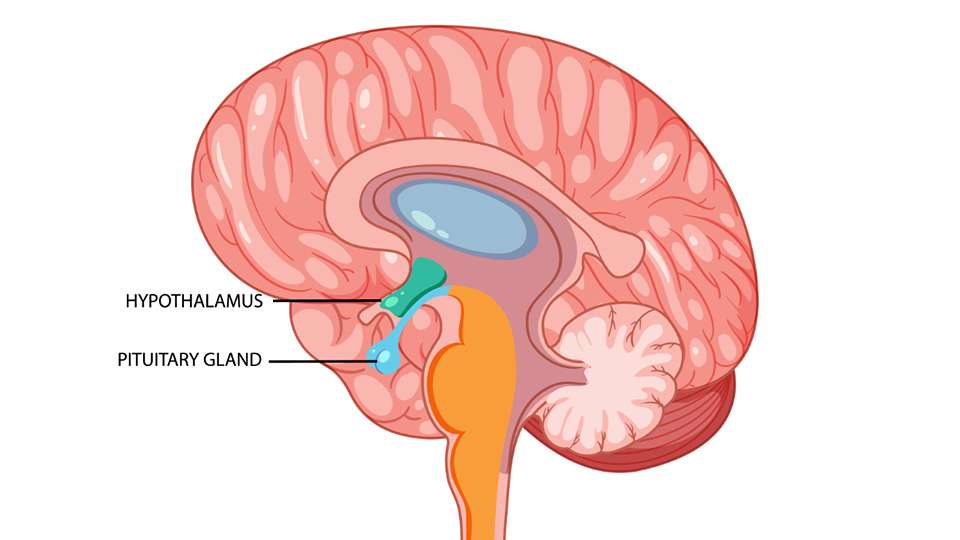MBBS 1st year questions collection of Brain and Eyeball
Brain and cerebrum
- Mention the different parts of the brain. What are the different fibers in the brain?
- Define neuron. Classify neurons with examples.
- Draw and label neuromuscular spindle.
- The important functional area of the frontal lobe. Write their function. Effect of the lesion.
- Draw and level the super lateral surface of the cerebral hemisphere. Showing important sulci, functional area, gyro, and blood supply.
- Blood supply and histological structure of cerebrum. What type of criteria of blood supply present within this?
- Blood supply of frontal lobe. What do you mean by homo and hetero typical cortex?
- Types of fibers in cerebrum with example. Blood supply of cerebrum.
- Draw and label the internal capsule. Which part is most important and why? Give its blood supply. Write down the tract passing through it.
- Draw and label the functional lobes of the cerebellum. Give the function, blood supply, and histology of the cerebellum.
- Give the boundary and functional area of the parietal lobe with function and its effect on the lesion?
Short note:
- Paracentral lobule
- Thalamus with function
- Craniosynostosis
- Basal nuclei
- Limbic system
- Blood-brain barrier
- Internal capsule
Midbrain, pons, medulla oblongata
- Name the cranial nerves arising from the midbrain.
- Short note: red nucleus, cerebellum
- Mention anatomical & functional lobes of the cerebellum.
- Draw and label transverse section of:
- At the level of the superior colliculus
- Pons: at the level of facial colliculus
- Medulla: At the level of inferior Oliver nucleus
- Medulla: At the level of pyramidal decussating
- At the level of the inferior colliculus
Spinal cord
- Draw and label a transverse section of the spinal cord at mid & 5th thoracic level.
- Show different ascending & descending tracts.
- Give its blood supply.
- What will happen if the dorsal column is injured?
- Describe the tracts present in dorsal funiculus with their significance.
- What is a different spinal enlargement? Mention their location & functional significance.
- Draw and label T.S of the spinal cord at mid-cervical region showing important tracts.
- Write short note: spinal lemnisci
Tract
- Name and function of the extrapyramidal tract. Component of extrapyramidal system.
- Different between pyramidal and extrapyramidal tracts.
- Trance temperature pathway.
- Trace the pyramidal tract.
- Trace visual pathway.
- Trace the pyramidal pathway, termination, and function. How the pyramidal tract is formed.
Short note;
- Corticospinal tract
- Pain pathway
- Pathway of fasciculus gracilis with its function.
Meninges and CSF
- What is lumber puncture? Why we should do this?
- Process of dura mater with its clinical importance.
- Give the formation, circulation, absorption & function of CSF.
- Short note:
- Hydrocephalus
- Pathway of CSF
Vessels
- Draw and label the circle of Willis. Shows its branches and importance.
- Give the importance of arterial anastomosis.
Eyeball
- The fate of the optic cup. Give formation and parts of the optic cup.
- Draw and label the visual pathways. What are neurons involved in this pathway?
- Write about the visual center in the cerebral cortex.
- Classify the muscles of an eyeball with their nerve supply and action.
- Give blood supply and development of the retina.
- What is the artery of cerebral hemorrhage?
- What is Babinski sign spina bifida?
- Define medial medullary syndrome.
- Name the layers of Eyeball, Retina, cornea, middle coat, inner coat
Short note:
- Cornea
- Refractory media of eyeball
- Optic chiasma and its effects of lesion
- An intraocular muscle with nerve supply
- Coloboma
- UMN-UMNL
- LMN-LMNL
Image by brgfx on Freepik
Also read: Anatomy Question Collection
Also read: Anatomy Questions & Answers
Also read: Anatomy notes

Comments (0)